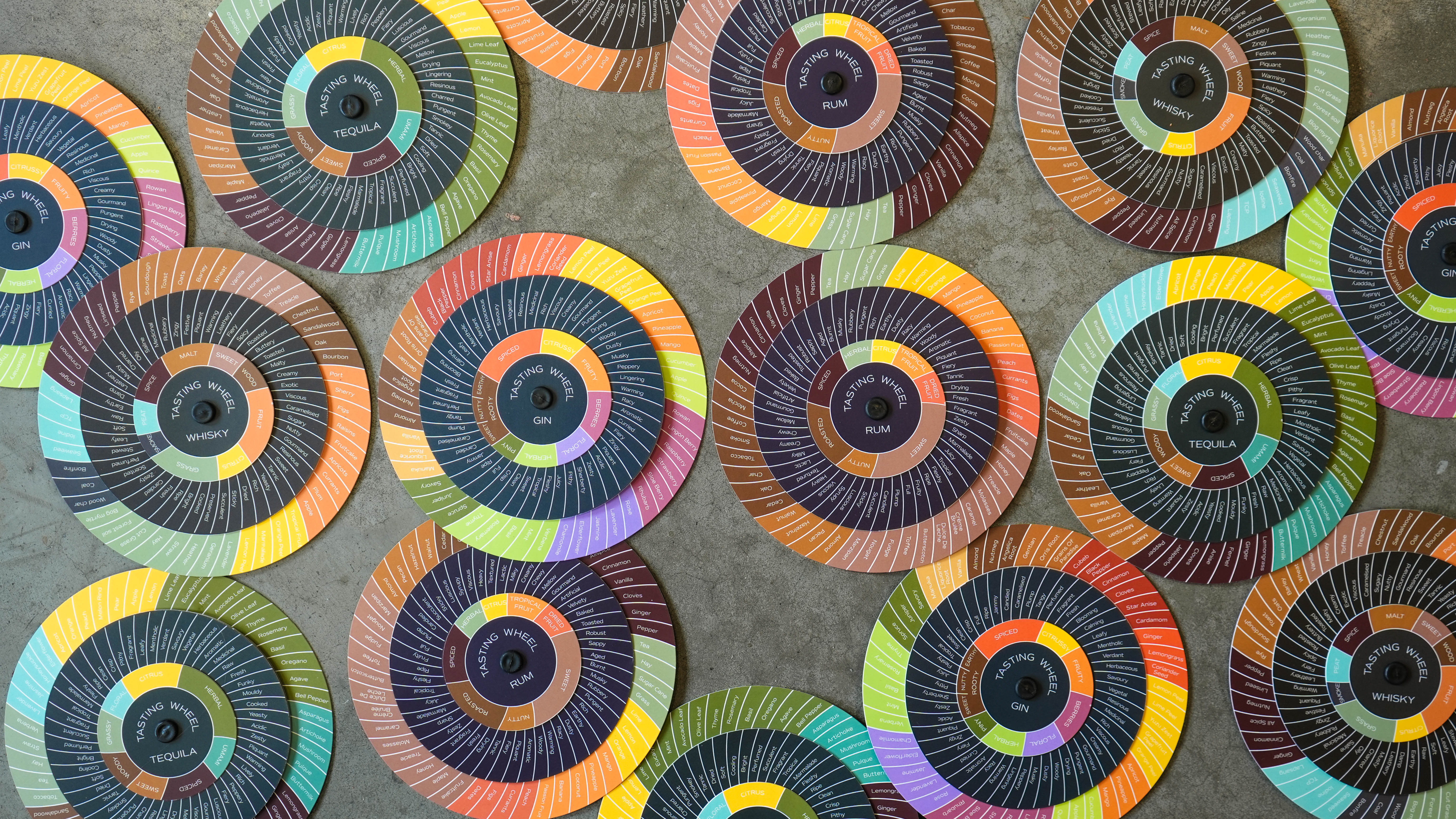Have you ever stopped and wondered if your ability to articulate the flavours you are tasting directly impact your ability to discern it in the first place?
Unless you are a flavour scientist, or a massive nerd like me the answer is probably a resounding no. Especially when what you are tasting involves Rum, Whisky, Tequila or Gin.
But just ask that question again and consider the implications for a minute.
When you think about your ability to pick out flavours, consider how linked these two parts are; your ability to recognise flavour in the first place and linking that to a set of terms to make sense of it. One is about sensitivity and detection, the other about recognition and categorisation. They are different but they are not compartmentalised, sequential or exclusive of one another. Both require training if you want to improve.
Can you really take it one step further and does having more words matter? More controversially, can the words used shape the perception of the flavour itself?
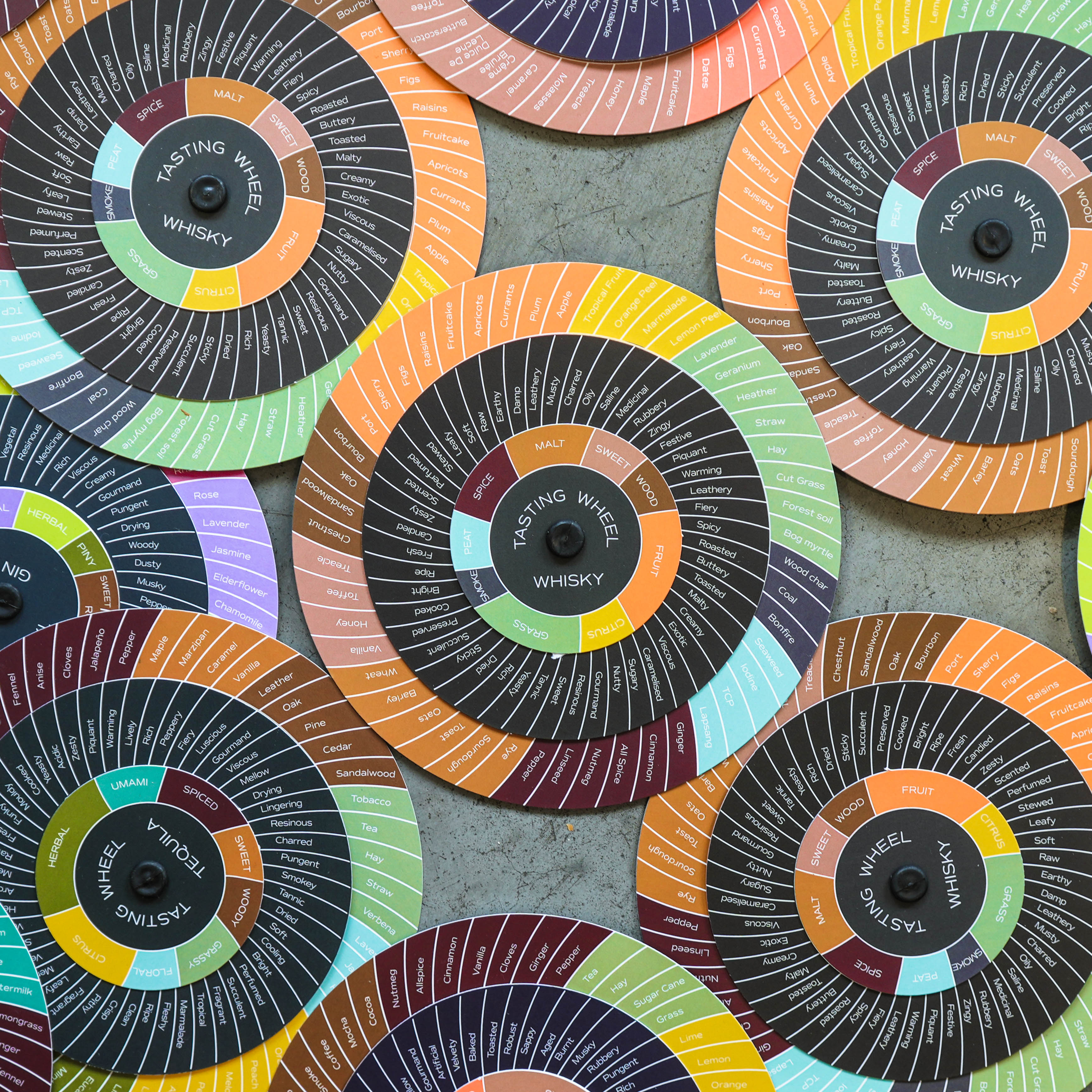
How language defines realty is not a new concept – it’s been debated, researched and philosophised for generations.
There are those who will follow Wittgenstein’s theory that ‘the limits of one’s language define the limits of their world’, while others will not support any notion that the language we speak (the depth and breadth of it) could possibly shape the way we think as it works the other way around.
Personally, I subscribe to the idea that language crafts reality. I find it especially true when it comes to flavour perception and how drinkers experience spirits.
Connecting linguistics with sensory training has increased my ability to pinpoint flavours, smells and sequencing in ways I would have though impossible a decade ago. It’s something that scientists have proved to be possible on many occasions too – there are cognitive differences created by a culture’s specific use of language that have been recorded and observed over and again.
You can watch the TED Talk for the top-line summary version of the research, but I’d urge you to read further into the area – it’s a fascinating topic.
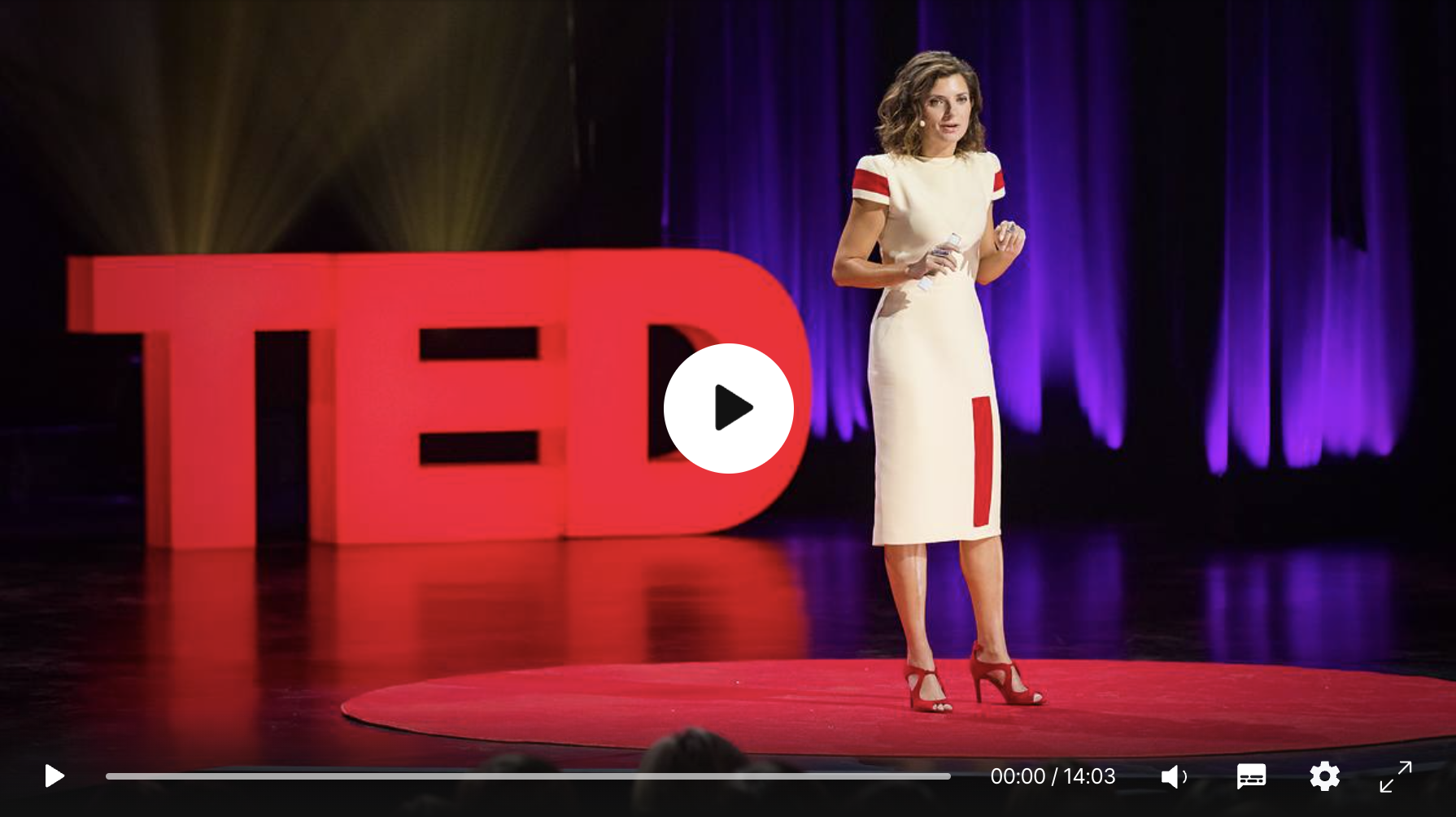
In tastings, talks and working sessions on recipe development with clients, the more limited their linguistic base is and the less they are willing to engage with the idea of expanding their vocabulary (or simply use it fluidly) - the less able people are at identifying aromas. There is a direct correlation.
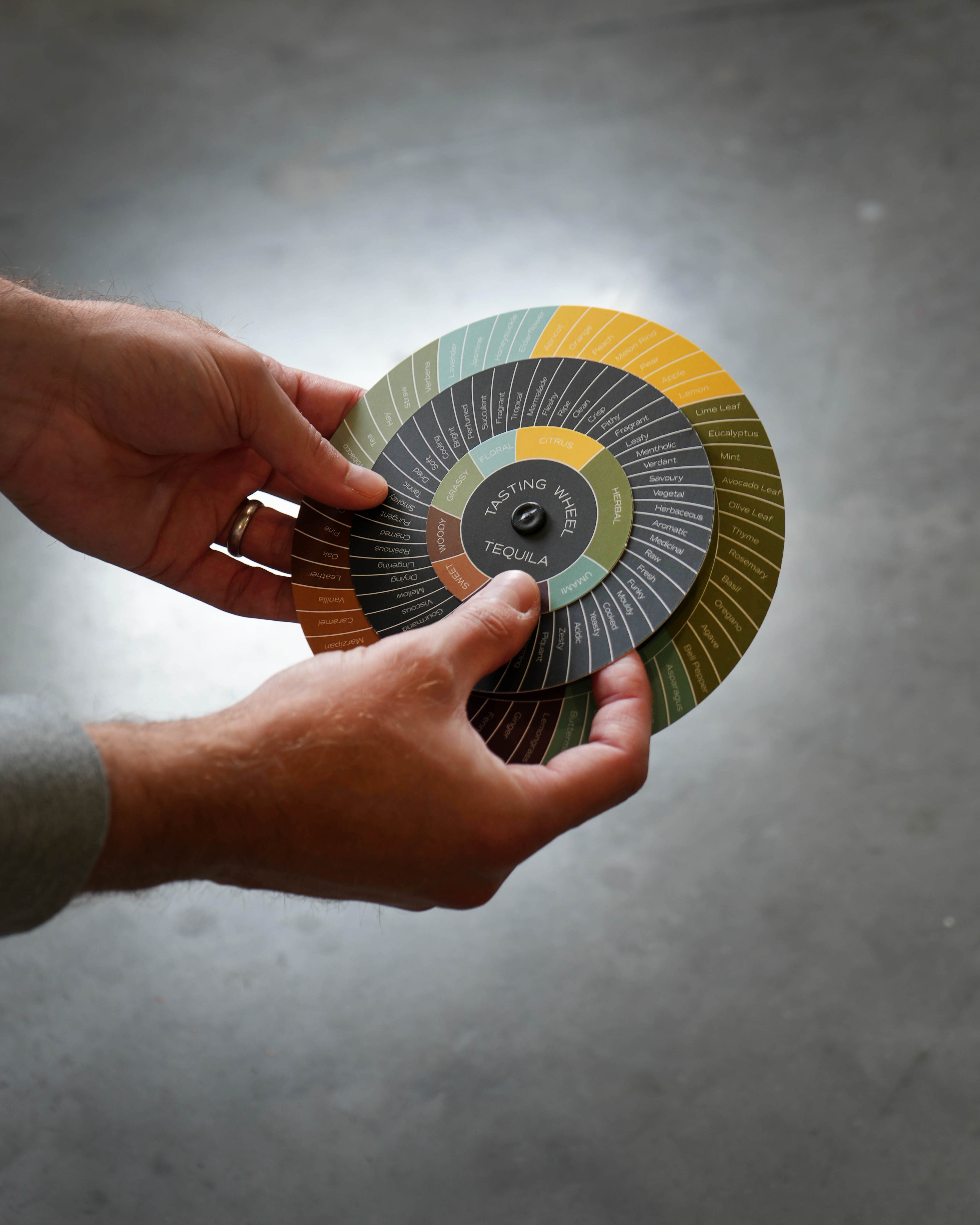
The hesitance I come across most frequently doesn’t tend to be a rebuttal against science or philosophy. Very few refuse to accept that there could be a link between language and perception. Reluctance comes because talking about smell or taste can feel abstract and therefore, can be awkward. I get that and I've been in that place.
Furthermore, when you start trying to untangle what’s in your glass finding the words to describe what you smell can be a daunting challenge. Is there a formal code that all should learn, can we just say what comes to mind? It’s normal to lack confidence at first.
There’s a lot to unpack if you want to understand why smell and taste have become stigmatised.
The usual explanation given is that there are simply too few words dedicated to describing smells compared to, for example, colours or shapes. There’s some truth in that. But more probable is that it’s the use not the quantity that's the issue. I think it's far more likely because of the way taste and smell is relegated to a “lesser” sense from very early education.
We talk about colour, temperature and shapes far more frequently that we ever talk about smell or taste. We teach and repeat colour descriptors into children daily, yet can you remember the time you taught a child to differentiate smells? Even for “grown-ups”, other than stating whether you like something or not, how often do you really go into how something tastes?
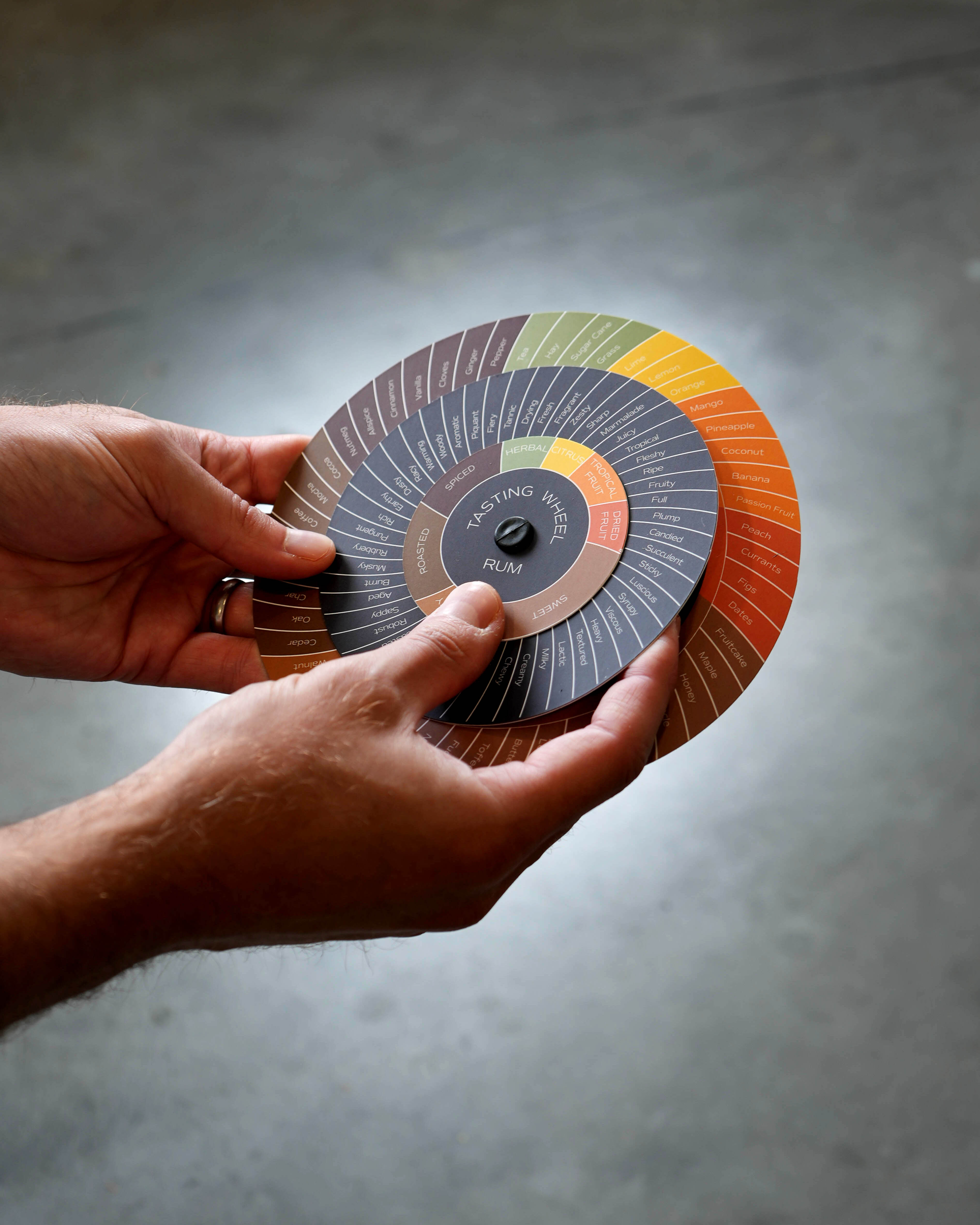
This may be unscientific way to quantify that statement, but take this anecdote to illustrate my point; go to the Waterstones website and type in ‘books about colour’, then narrow it down to just Children and Early Learning sections and you'll find over 3000 results. As a parent I now know three separate rainbow songs - not by intention, but because they are sung repetitively (and very enthusiastically) at me by my daughter.
Do the same for search for ‘books about smell’ but tag in all categories, including Art, Fashion, Business - EVERYTHING - and you still only get 900 results. The gulf is real.
So even if there were just as many words, they are not as intuitive, you come across them less often and it’s not as natural a topic of discussion. No wonder that it’s harder to instantly conjure terms, adjectives and precise constructs and why so many are tongue-tied and unsure of themselves…
It's what made me first start doing flavour wheels. I wanted to have some terms in front of me in a visually beautiful infographic so that I could better articulate abstract feelings. It’s still what motivates me today as while I may have found my voice and buffered my ability to both discern and then communicate about flavour – I absolutely know that anyone can do it with a bit of practice too.
So, I’ve made a wheel for each major category. Each starts from the inside with generic flavour zones, then a ring of adjectives to help describe it, as well as an outer ring with more specific terms related to the spirit.
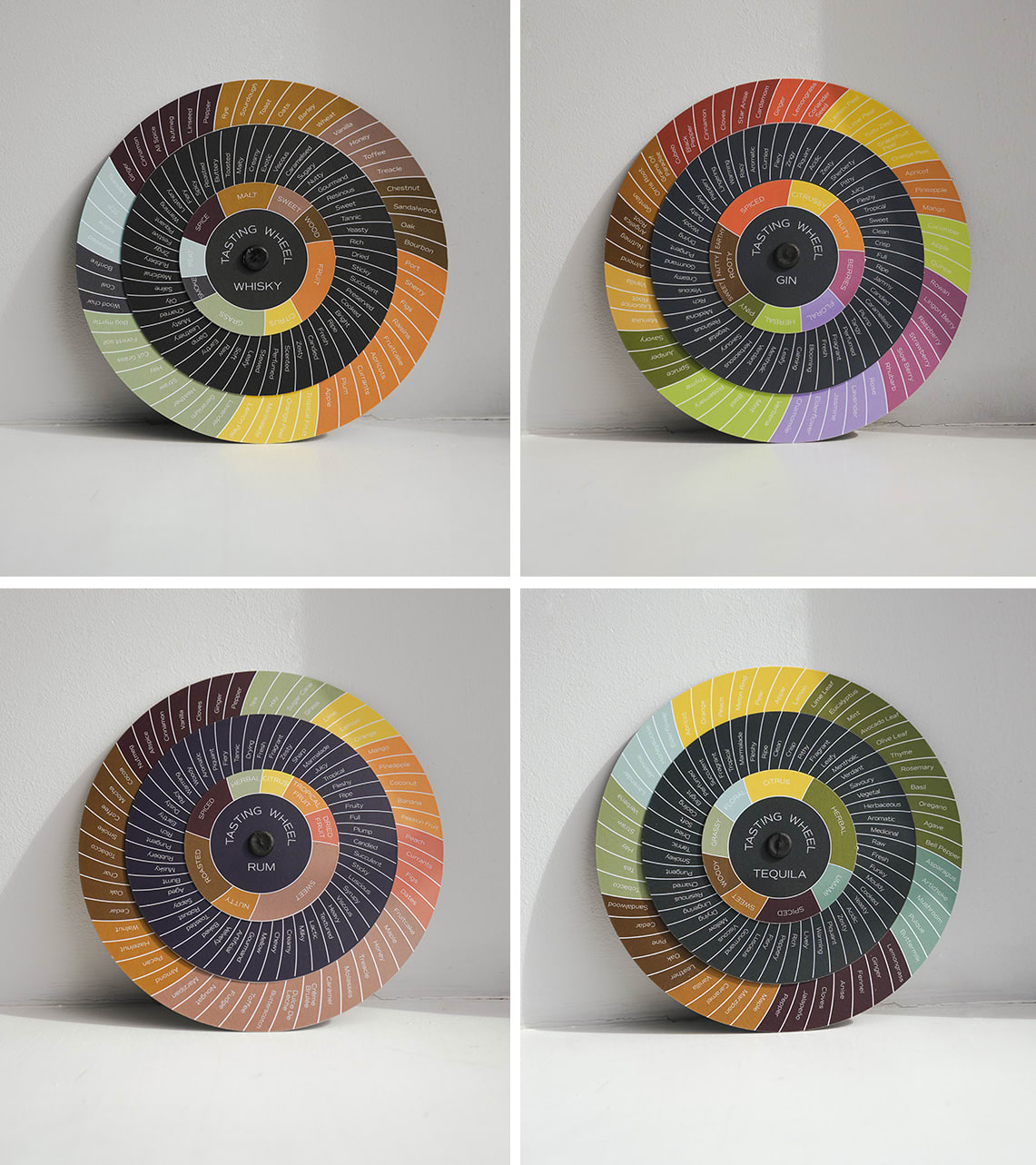

For Gin, that outside wheel is filled with botanicals used in contemporary production. For Tequila, Rum and Whisky they cover the kind of ingredients that are reminiscent of the flavours you can experience in the spirits (even though they are not actually part of the distillation) – like dried fruits, caramel or vanilla, to dishes like Crème Brulé and onto more intangible and inedible items like smoke, coal, iodine or straw.
The aim of the three part tasting note is to provide some structure for how you can build a tasting note, and help prompt you with some vocab to articulate the smells and flavours captured in a glass.
What I’ve found though is that it also works in reverse. By having some terms and adjectives – you can challenge yourself to see if you can detect them and in doing so, start to weave your way into the nuance of it all. For example, ‘Floral’ isn’t just a monolithic flavour block anymore, it gets divided into perfumed vs fresh etc. then into the type of flower and so on. Through the process you can build a more complex flavour and aroma map, building a deeper appreciation of what’s in front of you.
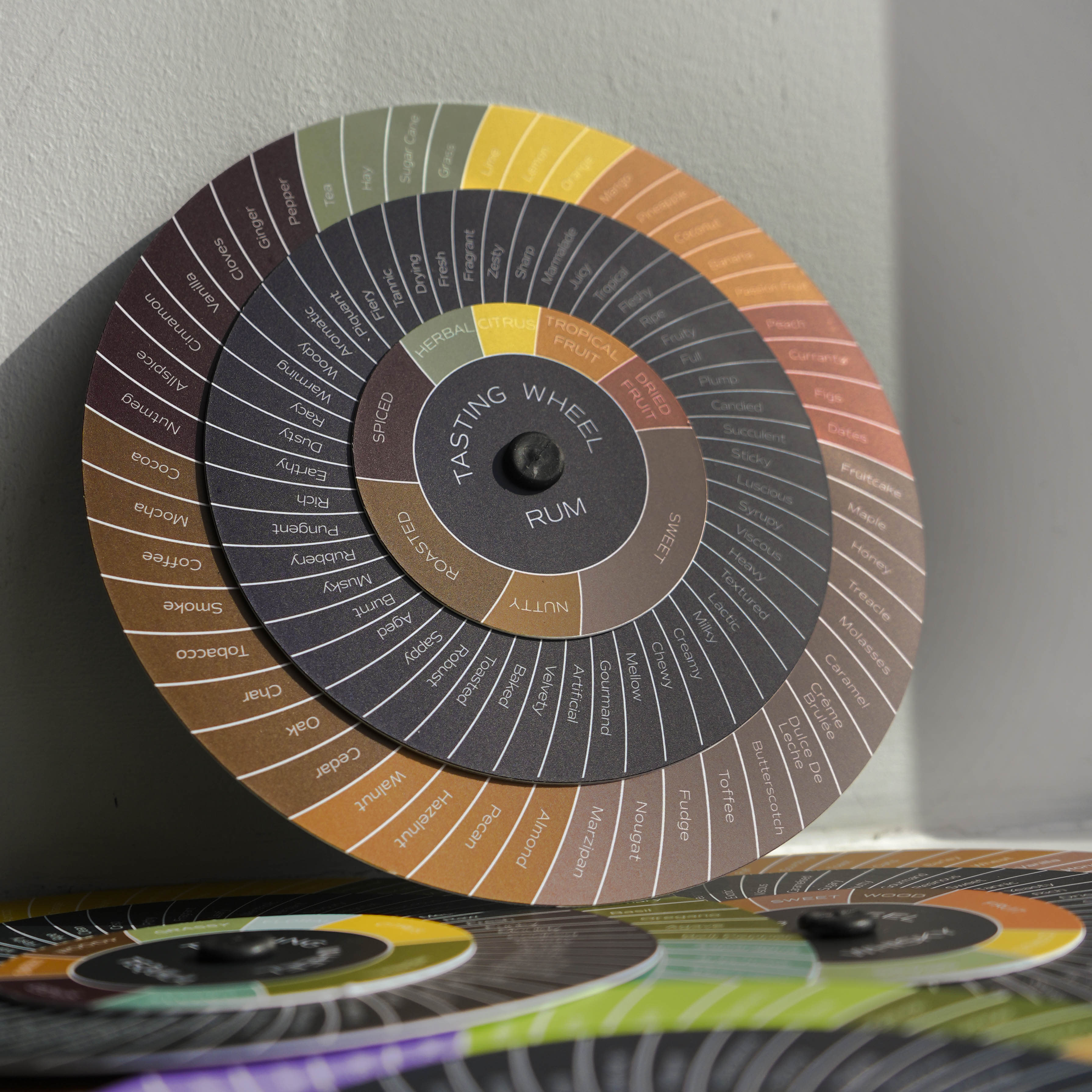

The fact that it spins is because I wanted to bring in a little interactive joy into what can become so academic. Tasting, flavour hunting, talking about it – it’s supposed to be FUN. It doesn’t have to be rigid and of course - the problem with any flavour wheel is that there needs to be one for each language, and their cultural perspectives. I accept that but all in good time...
It’s vital to appreciate that while I’ve tried to make the wheels as visually engaging and interactive as I could, tasting should never just be an analytical process.
There’s so much joy in looking at flavour in creative ways, going beyond a list of adjectives and tapping into feelings and personal memories of place and time.
I never want to diminish that side of tasting. I merely hope that these wheels can sit alongside for those interested or seeking help. I would also point out that I can’t do the other half of this linguistic flavour association either – each individual must go on a journey of continuously and consciously subjecting their nose to objects, plants, and environments to better identify everyday scents though repetitive exposure.
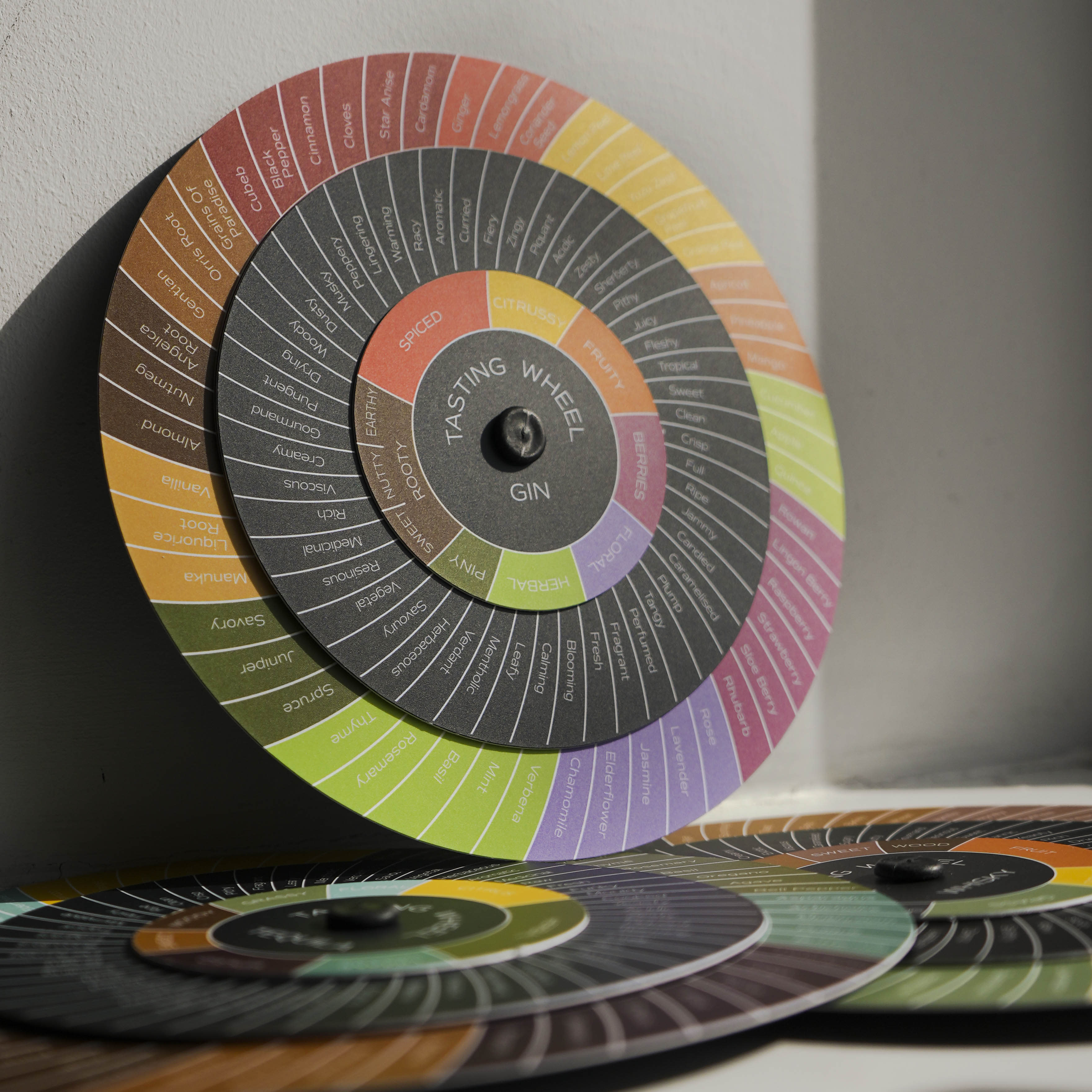

I hope that these wheels help drinkers feel able to communicate more accurately. Especially, I hope that it gives newcomers confidence in expressing their opinion by helping remove a barrier – that of not having the words – to say what is on the tip of their tongue.
If it helps any drinker identify their likes and dislikes, if it sparks a conversation, if it helps create a framework for further exploration, or if it creates a better understanding the depth of flavours that amazing distillers create in this magical world of booze – well that’s great too.
